THE OCTOBER BIRTHSTONE
Some months have more than one birthstone, but Opal was adopted as the official birthstones for October by the American National Association of Jewelers in 1912. [What about all the other countries in the world?] It's also the anniversary stone for the 14th and 18th years of marriage.
Never fear! You won't get bored, because it's a gemstone that's out of this world in more ways than one. First, because it comes in a large variety of colors—I found more than seventy-four listed.
Second, because they have been discovered on the planet Mars.
WHAT IS OPAL?
Opal is a hydrated form of silicon dioxide with a water content from 3 to 21 percent by weight. The amount of water accounts for the appearance of the stone.
But enough of this techie talk. The unique structure of opal makes the stone diffract light, which is one of its most fascinating features, and one of the reasons it makes for fabulous jewelry.
The name of the stone comes from the Sanskrit word for stone or precious stone--upala--and/or from its the Latin name opalus. Whatever is true, it's called by at least seventeen different names, so take your pick.
The vast variety of colors and names for opal is mind boggling. Opals are named and classified in various ways, including 1) Basic Type; 2) Opal/Host rock relationship; 3) Base color; 5) Fire patterns, and 6) geography or where found. The following photos show the basic types of opals.
.
Precious Opals Common Opals Fire Opals
Since opals are found in host rocks made of other materials, these is a direct relationship between the rock and the opal.
● Solid opal: Rough or cut stone that consists entirely of opal material without any host rock or other significant inclusions contained within the stone. Solid opal can be a combination of precious opal and common opal. The Precious Opal photo is an example.
● Boulder opal: Rough or cut stone that displays opal within its host rock. Opal often forms within voids or fractures in its host rock and specimens of boulder opal reveal this aspect of opal's origin.
● Matrix opal: Rough or cut stone in which precious opal is mixed with the parent rock instead of the opal being confined to seams and patches as in boulder opal.
● Crystal opal: Transparent to translucent opal material that has a play-of-color within the stone.
Solid Opal Matrix Opals (2) Crystal Opal Boulder Opal
● Light opal and white opal: Opal material that has a white, yellow or cream body color. This is the most common body color for precious opal
● Black opal: Opal that has a dark body color, often black or dark gray. The term is also used for opal that has a dark blue or dark green body color. The dark body color often makes the fire of black opal more obvious. In addition there are blue opal (see photo of common opals), pink opal, and Morado (purple) opal. All the photos below are black opal.
Fire Patterns
Pattern describes the arrangement of an opal’s play-of-color. Like the shapes you see in the clouds, play-of-color takes many forms. I noticed that terms vary depending on the source.
Contra Luz:
Pinfire: Small pinpoint circles of fire. When viewed from the side, this pattern often looks like th side of a stack of pins, while the top view looks like the points of those pins, hence the name.
Flashfire: Irregular splashes of fire covering the stone. The splashes of fire can be fiarly large, but no one area would cover more than 50% of the surface of the opal.
Broad Flashfire: Sheets of color usually covering a large section or the entire surface of the stone.
Rolling Flashfire: Sheets of color which roll across the surface of the stone as it is moved. This type of pattern is almost impossible to photograph, but is highly prized.
Harlequin: Square-shaped sheets of color that fit together much like a checkerboard. To be considered true harlequin, the squares must be big enough to be seen at arm's length.
Cat's Eye:
OPAL ODDITIES
If you hold most opals under an ultraviolet light they will glow dimly. A few types of opals are spectacularly fluorescent. The one in the photo is from Virgin Valley, Nevada, and shows the stone in normal light and then under a short wave ultraviolet lamp. http://geology.com/gemstones/opal/
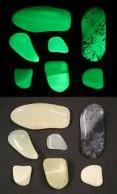
Because the gem has been revered since ancient times, folk lore abounds with myths, legends, and symbolism related to opals. Historically, the ancient Romans believed opal to be the mysterious mother of all gemstones and symbolized purity and power.
One of the more interesting stories is that a Roman senator named Marcus Nonius presented a growing threat to Marc Anthony’s power in Rome. The senator owned an opal "the size of a hazel nut" [also by some sources call it the Ring of Prophesy] worth 20,000 Sesterces. Marc Anthony wanted the ring to give to Cleopatra and offered Nonius an outrageous price. Nonius turned down the offer. One source claims that Anthony accused Nonius as being too rich and ordered the senator to sell him the gem. Either way, Pliny in his writings, says that Anthony told him he had to sell the gem or go into exile. Nonius chose exile over parting with the opal.
In Greek mythology, opals were believed to be the tears of joy shed by Zeus after the victory over the Titans, and the Greeks imbued the stone with prophetic powers.
In India, opals are believed to be the beautiful Goddess of Rainbows who turned into stone to escape the unwanted advances of other gods. To the Arabs, opals were sent from heaven to earth in lighting that had captured the divine light in the gemstone. Even in the western hemisphere, the Aztecs thought of opals to be the earthly manifestations of the waters of paradise. Orientals called it "the anchor stone of hope".
During the Middle Ages, it was believed that a change in color intensity of an opal indicated if the wearer was in good or ill health. It supposedly maintained a strong heart, prevented fainting, protected against infection, and cleansed bad-smelling air.
It's interesting that many of these myths associate opal with water, which is such a significant part of the stone. It's no surprise the stone is believed to be aligned with the water element. Just as water rolls over and past rocks and roots and finds the path of least resistance, the energy of the opal was believed to help people through difficult times.
In the beliefs of crystal therapy, opal 1) Promotes introspection; 2) Sparks imagination; 3) Awakens intuition; 4)Enhances clairvoyance, and 5) Is a tool for manifestations.
Opal is said to be a stone for love and brings the inspiration of love and renewal into a stagnant heart. The gemstone is also said to bring fidelity to love. It is also reputed to have healing properties and the ability to increase mental capacities such as creative imagination.
OUT-OF-THIS-WORLD OPALS ON MARS
In 2008, NASA's Mars Reconnaissance Orbiter sent back some earth-shaking information. The satellite images showed an area near the impact crater covered with hydrated silica rock debris that we would call opal. They also identified layers of opal in the exposed crater walls. Since the formation of opal requires water, the discovery is another piece of evidence that there was once water on Mars. One source pointed out that these opals are of the black variety with minimal commercial value.
http://www.opalminded.com/main/index.php/about-opals/history-a-legends
http://meanings.crystalsandjewelry.com/opal
http://www.mindat.org/min-3004.html
http://opal-trader.com/support/spiritual_qualities_of_opal.asp
http://www.opals.info/opal-myths.php
http://www.opals.info/famous.php
https://onlyjewels.wordpress.com/2010/10/03/in-honor-of-this-month%E2%80%99s-birthstone-opals/
https://en.wikipedia.org/wiki/Opal
http://www.zmescience.com/science/physics/opals-on-mars-hint-at-planets-wet-past/
http://mymodernmet.com/planet-opal-traiangular-boulder-opal/
http://www.ibtimes.co.uk/martian-opal-gemstone-could-indicate-that-mars-once-held-life-1509948
http://redplanet.asu.edu/?p=14450
https://www.ancient-code.com/mysterious-discovery-on-mars-suggests-presence-of-alien-life/
http://geology.com/gemstones/opal/
http://www.grantsjewelry.com/famous-opals-and-famous-people-who-love-them/
http://www.huffingtonpost.com/2013/07/14/australia-mars-dirt-red-planet-opal-study_n_3587162.html
https://www.gia.edu/opal-quality-factor
https://www.martymagic.com/ocean-trench-treasure-mexican-matrix-opal/
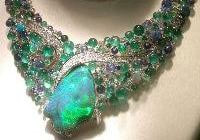
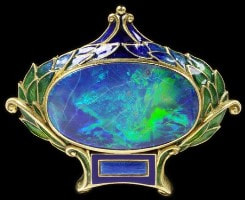
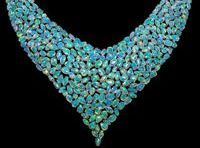
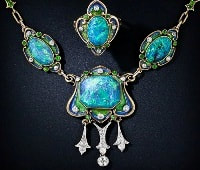
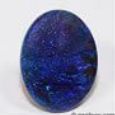
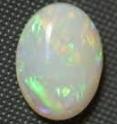
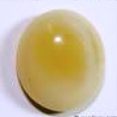
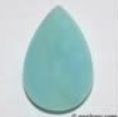
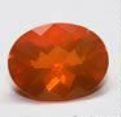
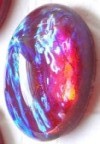
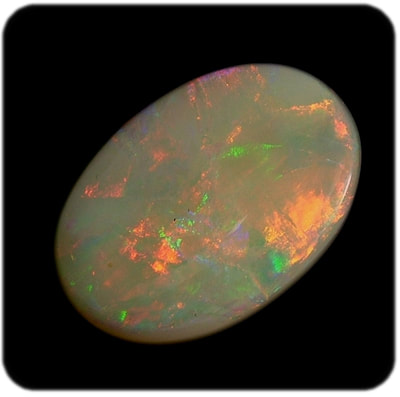
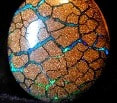
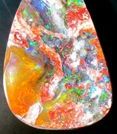
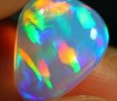
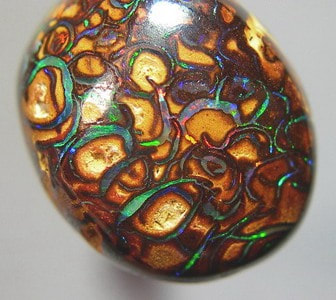
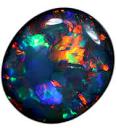
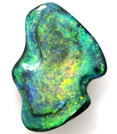
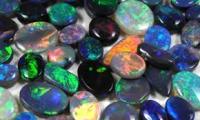
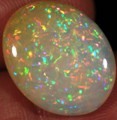
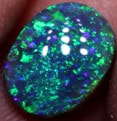
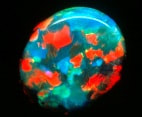
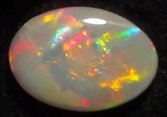
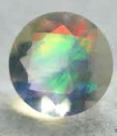
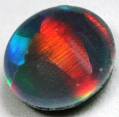

 RSS Feed
RSS Feed